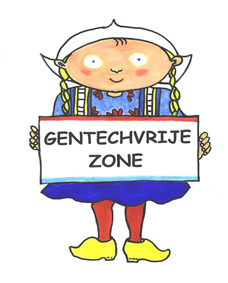De regels voor voedselveiligheid worden vanaf 1 januari 2006 eenvoudiger. De nieuwe regels in de Warenwet gelden voor de gehele keten van de voedselbereiding, met uitzondering van de vleeskeuring
In de Warenwet komt ook een nieuwe algemene richtlijn voor productveiligheid.
Daarnaast stemt het kabinet in met het gebruik van genetisch-gemodificeerd stremsel bij de bereiding van kaas.
(bron persbericht ministerraad, 10-06-2005: WARENWET VOOR VEILIG VOEDSEL VEREENVOUDIGD

